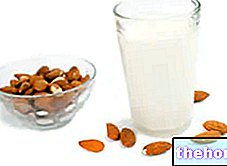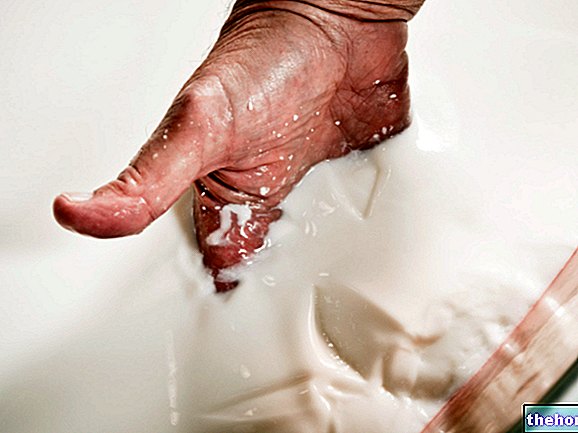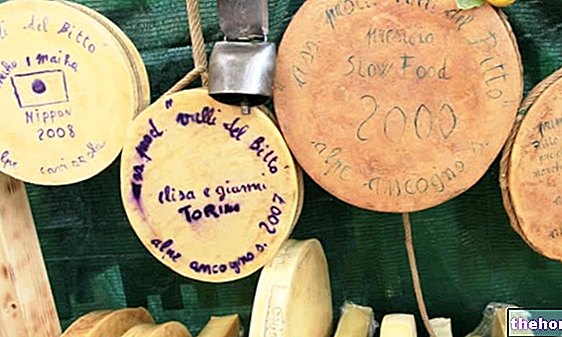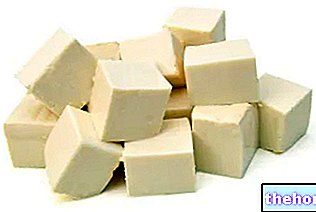Introduction
If once milk was bought every day, due to the absence of refrigerators and different lifestyle habits, today we tend to go shopping once every 10-30 days. This market evolution has led to the search for innovative methods to extend food storage times. Among these, UHT is certainly one of the most used because it is applied to the sterilization of milk and fruit juices.
Sterilized milk, home sterilization
Milk that has undergone a final sterilizing heat treatment in a sealed container is defined as sterilized. The classic sterilization, known as appertization, consists in bringing the milk, homogenized and bottled, to about 120 ° C for 15-20 minutes and then cooling it by immersion in cold water. This milk has now been replaced by UHT, which keeps shorter, but is better from an organoleptic-nutritional point of view and is therefore preferred by the consumer.

To ensure the healthiness of a food when it is pasteurized or sterilized with heat, it is essential to reach the thermal center. If we decide to heat milk in a saucepan that has been open for a few days we have to face problems that few consider. First of all, due to the coagulation of the whey proteins, the so-called hat is created, an air bubble that protects the microorganisms from heat. Secondly, it is difficult to reach a thermal center at the correct sterilization temperature (while the milk in contact with the walls are very hot, the one in the center tends to remain colder). To carry out a correct operation it is possible to heat the milk with the microwave, which allows to reach high temperatures from the center towards the periphery. If this appliance is missing in the kitchen, when you want to pasteurize the milk you need to bring it to a boil for at least 10-15 ", taking care to stir frequently or use a special mixer. It is also important to heat only the quantity you intend to consume, since repeating this operation several times would add up even considerable nutritional losses.
To heat the milk at the bar, the action of a jet of steam at 120 ° C which goes from the center to the periphery is exploited; despite the short time of exposure to these temperatures, this technique allows to obtain a milk that is certainly healthier than that obtained from home pasteurization.
UHT milk
UHT is the acronym for Ultra High Temperature. This term refers to a modern milk sterilization process that uses very high temperatures for very short periods of time, in order to ensure the sterility of food without compromising its organoleptic properties. and nutritional.
The sterilization process involves exposing the milk to temperatures between 135 and 140 ° C in relation to the heating time.
UHT Direct or Uperization, Uperized Milk
The direct UHT or superization method is the best way to obtain a milk with a long shelf life. The food is micronized and made to meet with superheated steam at 140-145 ° C. Thanks to the micronization of the milk, an intimate contact between microorganisms - spores and superheated steam is guaranteed, thus destroying the entire microbial load. The injection, however, dilutes the milk and a downstream system is therefore required to recover the added moisture in the form of steam.
Schematically, milk is:
- homogenized, preheated to 80 ° C and micronized;
it then undergoes a direct injection of steam at 13 bar which brings it in 4 "at 140-150 ° C;
- it passes into the decompression chamber under partial vacuum (to favor the evaporation of the water) and at 75 ° C the steam is returned to the system;- the milk is then refrigerated and packaged in tetrapak containers.
Indirect UHT
The milk and the heating medium are separated by a wall which constitutes the heat exchange surface. The quality is lower than the milk obtained by direct UHT treatment and it is easier to perceive that "cooked" flavor due to the slight coagulation of the albumin present in the whey (due to the greater time / temperature product).
Schematically, milk is:
Milk, Dairy Products and Cheeses Asiago Brie Burrata Caciocavallo Rennet Camembert Cheddar Milk Cream Crescenza Emmental Feta Milk Flakes Fontina Herbal Cheeses Lean Cheeses Cheeses rich in calcium Gorgonzola Gouda Grana Padano Gruyere Kéfalair Adapted milk Artificial milk Condensed milk Asphyxiated milk Goat's milk Sheep's milk Rice milk Soy milk Powdered milk and concentrated milk Skimmed and semi-skimmed milk Lactose-free milk Milk Vegetable milk Dairy products Lerdammer Mascarpone Montasio Buffalo mozzarella Mozzarella Whipped cream Cooking cream Fresh cream Parmigiano Reggiano Pecorino Philadelphia Primo Sale Provolone Ricotta Robiola Roquefort Scamorza Sottilette Squacquerone Taleggio Tomino Yogurt OTHER ARTICLES MILK AND DERIVATIVES Categories Alcoholic foods Meat Cereals and derivatives Sweeteners Sweets Offal Fruit Dried fruit Milk and derivatives Legumes Oils and fats Fish and fishery products Cold cuts S pezie Vegetables Health recipes Appetizers Bread, Pizza and Brioche First courses Second courses Vegetables and Salads Sweets and Desserts Ice creams and sorbets Syrups, liqueurs and grappa Basic preparations ---- In the kitchen with leftovers Carnival recipes Christmas recipes Light diet recipes Women's Day, Mum, Dad Recipes Functional Recipes International Recipes Easter Recipes Recipes for Celiacs Recipes for Diabetics Recipes for Holidays Recipes for Valentine's Day Recipes for Vegetarians Protein Recipes Regional Recipes Vegan Recipes- preheated and homogenized;
- brought to 108 ° C for 30 seconds (it is in this phase that the organoleptic characteristics are slightly altered - Mailard reaction, denaturation and coagulation of proteins, chambering of sugars -);- brought to 140 ° C for 2 "by passing through a heat exchanger with closely spaced plates in which steam circulates at 142 ° C;
- cooled to 70 ° C;
- cooled again to 20 ° C;- packaged in tetrapak containers.




























